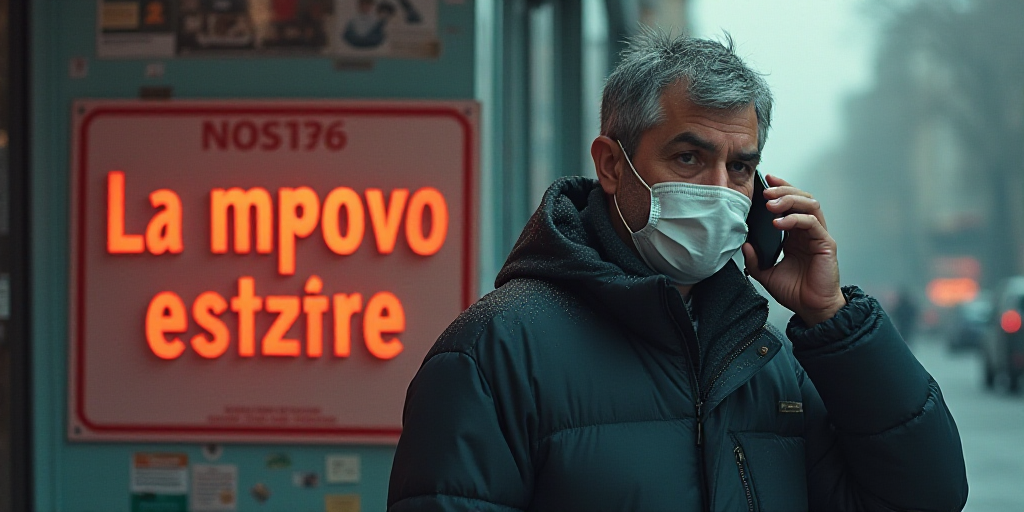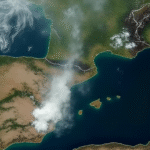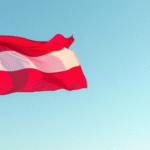Introduction
The World Health Organization (WHO) has issued a stern warning regarding the potential for widespread monkeypox transmission among humans. The urgency stems from the current outbreaks, which, if left unchecked, could lead to community-level spread.
Background on Monkeypox
Monkeypox is a viral disease that belongs to the same family as smallpox. It’s primarily found in Central and Western African countries, where it was first identified in humans in 1970. The virus is transmitted to humans from infected animals, causing symptoms similar to smallpox but generally less severe. Historically, monkeypox has been rare in humans, with most cases occurring sporadically.
Why Monkeypox is Relevant Now
However, recent outbreaks have raised concerns due to the unusual spread of the virus outside of Africa. In May 2021, the first case of monkeypox infection outside of Africa was reported in the UK, marking a significant shift. Since then, cases have been identified in several countries across multiple continents.
WHO’s Warning and Concerns
The WHO has emphasized that swift action is necessary to prevent the virus from becoming endemic in new regions. The organization’s primary concern is that without immediate intervention, the virus could establish a foothold in communities, leading to more extensive and prolonged outbreaks.
Current Situation
As of now, there are multiple ongoing outbreaks in various countries. These include clusters of cases linked to travel, sexual contacts, and close household contact. The WHO is working closely with affected nations to strengthen surveillance, enhance laboratory capacity, and improve outbreak response.
Impact on Global Health
The potential for monkeypox to spread widely has significant implications for global health. It could strain healthcare systems, divert resources, and increase the risk of further viral mutations. Moreover, it underscores the importance of robust public health infrastructure and international collaboration to tackle emerging infectious diseases.
Key Actions and Recommendations
- Enhanced Surveillance: Strengthening disease surveillance systems to detect and respond to cases promptly.
- Laboratory Capacity: Improving laboratory testing capabilities to confirm monkeypox diagnoses quickly and accurately.
- Outbreak Response: Implementing effective contact tracing and isolation measures to curb transmission.
- Public Health Measures: Educating the public about monkeypox symptoms, transmission routes, and preventive measures.
- International Collaboration: Fostering global partnerships to share information, resources, and best practices for controlling the spread.
Key Questions and Answers
- What is monkeypox? Monkeypox is a viral disease similar to smallpox, primarily found in Central and Western Africa. Recent cases have been reported outside of Africa, raising global concern.
- Why is the WHO concerned? The WHO fears that without rapid intervention, monkeypox could become endemic in new regions, leading to widespread community transmission.
- What actions are being taken? Countries are strengthening surveillance, enhancing laboratory capacity, and improving outbreak response through contact tracing and isolation.
- What can individuals do? Stay informed about monkeypox symptoms and transmission routes, follow public health guidelines, and encourage community preparedness.
- What are the global implications? Widespread monkeypox transmission could strain healthcare systems, increase viral mutations risk, and highlight the need for robust public health infrastructure.






